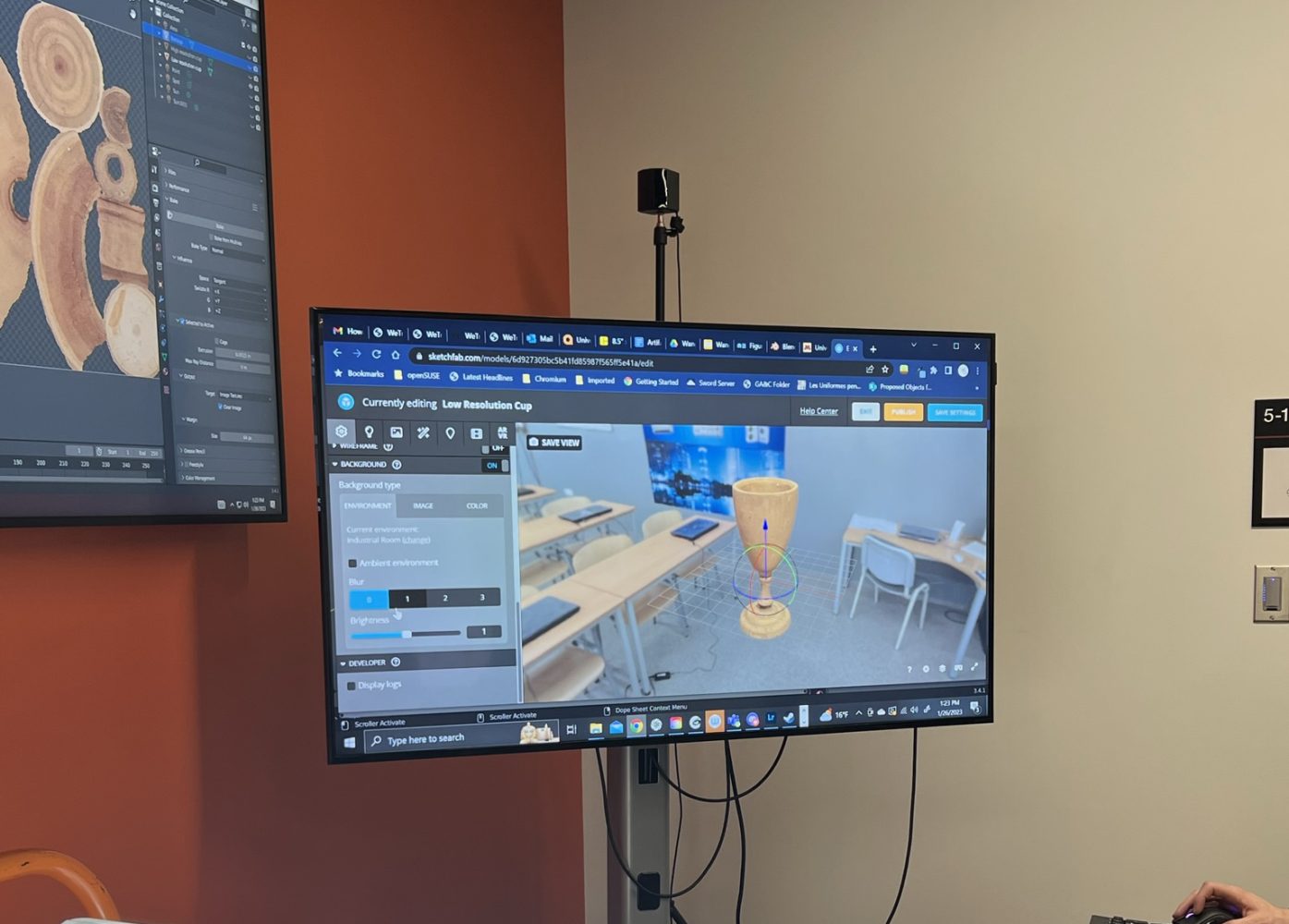Research and discovery
Librarians and curators as authors
Our librarians and curators co-authored more than two dozen articles and presentations in partnership with U of M faculty. Research topics included the efficacy of antibiotic use in broiler chickens, newborn screening, and environmental risk factors in childhood central nervous system tumors. Prof. Margaret Root, Associate Dean for Education in the College of Veterinary Medicine, said her co-authorship with Librarian André Nault “brought to our veterinary school a new paradigm for the work of a librarian.”
Increasing access to artifacts
Using a technique called photogrammetry, staff in the Wangensteen Historical Library of Biology and Medicine are making our most delicate and rare items accessible to anyone around the world — and even in virtual reality. The artifacts will immediately enhance scholarship at the U of M through use in health sciences courses, such as Anatomy 7800, and will also be cataloged for greater access. The project was made possible by a $103,000 Legacy Grant from the Minnesota Historical Society.

A 3D model of an artifact is uploaded and viewed in Sketchfab, a 3D modeling software. (Photo/Abby Wright)
Preparing the next generation of researchers
Libraries staff were key partners in the Graduate School’s Summer Research Institute, a seven-week program that provides new graduate students with informative sessions on research topics and individual sessions with Librarians in their disciplines. “I think Librarians work at a skill that I really heavily prioritize — being able to communicate things in a way that is broadly understandable and broadly applicable,” said grad student Maya Rogers.
Data Curation Network expands
The Data Curation Network (DCN) added two new members, 22 new curators, and curated 44 datasets in FY23. The 19-member organization — which works to advance open research by making data more ethical, reusable, and understandable — is based at the University of Minnesota. The organization also held a week-long “All Hands Meeting” at Princeton University in June to further advance the work of the DCN.
Access to digital archives
The University Digital Conservancy (UDC) holds more than 100,000 articles, University documents, dissertations, datasets, and more — recently completing digitization of 17,000+ issues of the Minnesota Daily from 1900–2009. It provides free, public access and long-term preservation to work created across the U of M system.
- 24,582: Number of new records added in UDC (includes 17,000+ issues of the MN Daily from 1900–2009)
- 3,607,878: Total unique items downloaded since UDC’s inception
- 119,838: Total number of UDC records
- 35,381,700: Total downloads since UDC’s inception
Expanding the U’s research readiness
Libraries staff provided training, 1-1 consultations, and key library resources to U of M researchers who must comply with a new National Institutes of Health policy that requires a data management and sharing plan for any NIH-funded project that generates scientific data.

